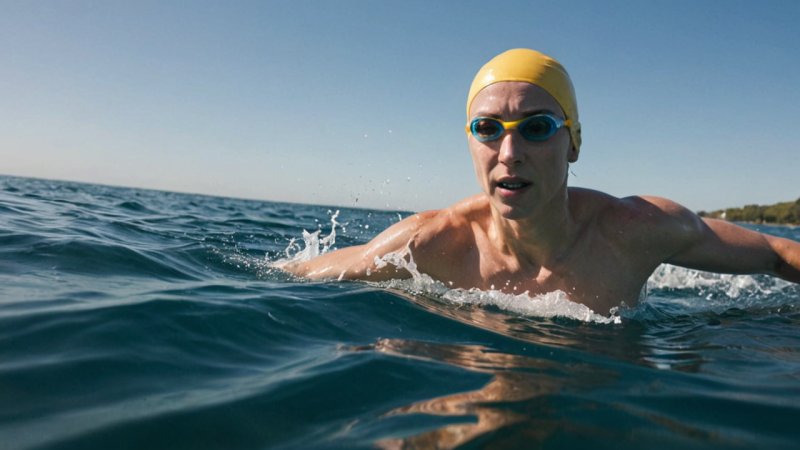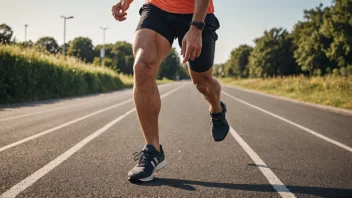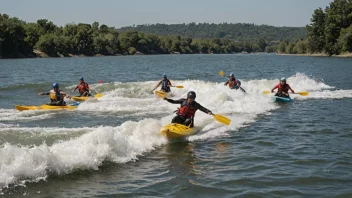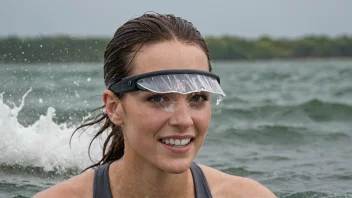Endurance is a crucial component for success in water sports such as swimming, surfing, and kayaking. Training effectively for endurance not only enhances performance but also ensures that athletes can compete safely and without injury. This article will explore various strategies to improve endurance specific to water sports, focusing on training techniques, nutrition, and recovery methods.
One of the most effective ways to build endurance is through consistent cardiovascular training. Incorporating activities like long-distance swimming, paddleboarding, or rowing can significantly improve your aerobic capacity. Aim to gradually increase the duration of your workouts to build stamina over time. For instance, if you're currently swimming for 20 minutes, try adding an additional 5 minutes each week until you reach your desired training time. This progressive overload principle is integral to enhancing endurance.
Another key aspect of endurance training is incorporating interval training into your routine. This method alternates between high-intensity efforts and lower-intensity recovery periods. For example, in swimming, you might sprint for 50 meters and then swim at a relaxed pace for 100 meters. This approach not only boosts endurance but also improves speed, which is essential in competitive water sports.
Nutrition plays a vital role in endurance training. A balanced diet rich in carbohydrates, proteins, and healthy fats will fuel your workouts and aid recovery. Focus on consuming complex carbohydrates like whole grains, fruits, and vegetables to provide sustained energy. Additionally, incorporating protein sources such as lean meats, dairy, and legumes supports muscle repair and growth after intense training sessions.
Hydration is another critical factor in endurance performance, especially in water sports where the body is often exposed to the sun and high temperatures. Make sure to drink adequate amounts of water before, during, and after your workouts. Consider electrolyte drinks during long training sessions to replenish lost minerals, especially on hot days.
Recovery is equally important in any endurance training program. Ensure you allow your body sufficient time to recover between training sessions. This can include rest days, light activity, or even engaging in alternative recovery methods such as yoga or stretching. Prioritizing sleep is also essential, as it is during sleep that your body repairs itself and builds endurance.
Finally, consider tracking your progress using technology. Wearable devices can help monitor heart rate, distance, and overall performance, providing valuable data to inform your training decisions. By analyzing this data, you can identify areas for improvement and adjust your training program as needed.
In conclusion, improving endurance for water sports requires a multifaceted approach that includes cardiovascular training, interval workouts, proper nutrition, hydration, recovery, and the use of technology. By adopting these strategies, athletes can enhance their performance while prioritizing safety and long-term health.






